Home>Garden Essentials>How To Save Pepper Seeds For Next Year
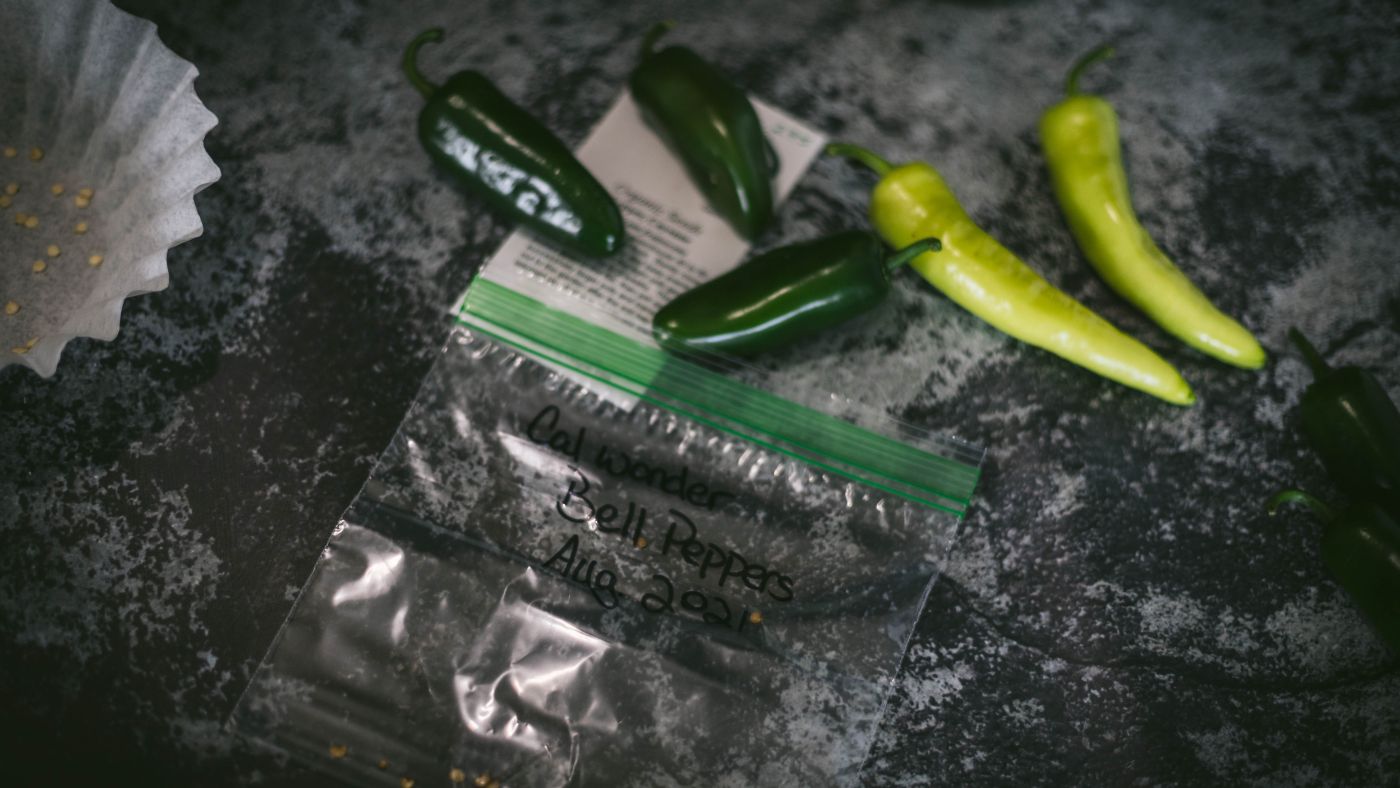

Garden Essentials
How To Save Pepper Seeds For Next Year
Modified: March 15, 2024
Learn how to save pepper seeds from your garden and use them for next year's planting. Follow our step-by-step guide to ensure a successful seed-saving process.
(Many of the links in this article redirect to a specific reviewed product. Your purchase of these products through affiliate links helps to generate commission for Storables.com, at no extra cost. Learn more)
Introduction
Have you ever wondered if you can save the seeds from your garden peppers and use them to grow new plants next year? The answer is a resounding yes! Saving pepper seeds is not only a rewarding and cost-effective way to expand your garden, but it also allows you to preserve the unique characteristics and flavors of your favorite pepper varieties. In this article, we will explore the benefits of saving pepper seeds and provide a comprehensive guide on how to successfully save and store them for future use.
Saving pepper seeds offers several advantages. First and foremost, it allows you to maintain the genetic diversity and authenticity of your pepper plants. Unlike store-bought seeds, which are often produced in large quantities and may be a mix of different varieties, saving your own seeds ensures that your next crop will be true to the parent plant. This means you can continue to enjoy the characteristics and flavors that you love in specific pepper varieties year after year.
Another benefit of saving pepper seeds is the cost savings. Instead of purchasing new seed packets each season, you can simply rely on the seeds you have saved from your previous harvest. This not only reduces your gardening expenses but also gives you the opportunity to grow a wider variety of peppers without breaking the bank.
Furthermore, saving pepper seeds empowers you with self-sufficiency. By learning how to save and store your own seeds, you become less dependent on external sources for your gardening needs. You can become more connected to the natural cycle of your garden, nurturing and perpetuating your own plants and seeds.
So, how do you get started with saving pepper seeds? It all begins with selecting and harvesting the right pepper pods, which we will explore in the next section.
Key Takeaways:
- Saving pepper seeds allows you to preserve unique flavors and traits, save money, and contribute to sustainable gardening practices. It’s a rewarding way to maintain genetic diversity in your garden.
- To successfully save pepper seeds, choose ripe, healthy peppers, clean and dry the seeds thoroughly, and store them in a cool, dark place. Label and organize your seeds for easy access and viability testing.
Read more: How To Save Seeds For Planting Next Season
Benefits of Saving Pepper Seeds
Saving pepper seeds is a valuable practice for any avid gardener. Let’s take a closer look at some of the remarkable benefits that come with this rewarding endeavor.
Preserve Genetic Diversity: When you save pepper seeds, you can ensure the preservation of unique and heirloom varieties. By selecting and saving seeds from your best-performing plants, you can maintain the genetic diversity of your garden for years to come. This preservation of diversity is important not only for the sake of biodiversity but also for the long-term sustainability of our food system.
Cost-Effective Gardening: Growing peppers from saved seeds significantly reduces your gardening expenses. Instead of purchasing new seeds each year, you can rely on the seeds you have saved. This saves you money and allows you to allocate your gardening budget to other essential supplies or even experiment with new pepper varieties.
Customize Your Garden: When you save pepper seeds, you have the freedom to tailor your garden to your personal preferences. You can select and save seeds from plants with specific traits, such as large fruit size, unique colors, or exceptional flavor profiles. Over time, you can develop a collection of seeds that perfectly aligns with your gardening goals and taste preferences.
Learn About Seed Saving: Saving pepper seeds is a fantastic opportunity to learn about the fascinating process of seed saving. You can discover the intricacies of pollination, plant genetics, and the life cycle of peppers. This knowledge can be applied to other plants in your garden, broadening your understanding of sustainable gardening practices.
Share Seeds with Others: Saving pepper seeds allows you to share the joy of gardening with friends, family, and fellow garden enthusiasts. You can offer them seeds from your own saved collection, allowing them to experience the pleasure of growing their own peppers from your cherished varieties. This act of sharing not only strengthens bonds but also contributes to the preservation and exchange of diverse seed varieties within the gardening community.
Contribute to Food Security: In a world where global food security is an increasing concern, saving pepper seeds plays a small but important role in addressing this issue. By preserving heirloom and open-pollinated pepper varieties, you are contributing to the availability of diverse and locally adapted seeds. This diversity is vital for resilient and sustainable agricultural systems that can better withstand climate change, pests, and diseases.
As you can see, saving pepper seeds not only benefits you as a gardener but also promotes the larger goals of biodiversity, sustainable agriculture, and food security. So, let’s move on to the next step: selecting and harvesting the right pepper pods.
Selecting and Harvesting the Right Pepper Pods
When it comes to saving pepper seeds, selecting and harvesting the right pepper pods is crucial. By choosing the healthiest and most mature peppers, you can ensure that the seeds inside are of the highest quality and have the best chance of germination. Follow these guidelines to identify and harvest the right pepper pods for seed saving:
1. Choose Open-Pollinated Varieties: Open-pollinated pepper varieties, also known as heirloom varieties, are the best choice for seed saving. These peppers are pollinated by natural means, such as wind or insects, resulting in seeds that will produce peppers with similar traits to the parent plant.
2. Look for Fully Ripe Peppers: Wait until your peppers are fully ripe on the plant before harvesting them for seed saving. Mature peppers will usually have vibrant colors and firm flesh. Avoid harvesting peppers that are still green or unripe, as the seeds inside may not be fully developed and may not germinate successfully.
3. Healthy and Disease-Free Peppers: Choose peppers that are healthy and free from any signs of disease or pest damage. Avoid peppers with soft spots, blemishes, or mold. Diseases or pests can affect the quality of the seeds, so it’s essential to select only the best peppers for seed saving.
4. Save Seeds from Multiple Plants: To maintain genetic diversity, it’s recommended to save seeds from multiple plants of the same variety. This helps avoid inbreeding and ensures the long-term health and vitality of your pepper population.
5. Allow Peppers to Overripen: To ensure that the seeds inside the peppers are fully mature, you can leave selected peppers on the plant after they have reached full ripeness. Over time, these peppers will begin to soften and wrinkle, indicating that the seeds inside have reached maturity. An overripe pepper should be slightly past the point where you would typically harvest it for eating.
6. Harvest with Care: When it’s time to harvest the ripe peppers, handle them carefully to avoid damaging the seeds. Use garden shears or a sharp knife to cut the peppers from the plant, leaving a short stem on each pepper. Avoid pulling or twisting the peppers, as this can damage the seeds inside.
By following these guidelines, you can ensure that you are selecting and harvesting the right pepper pods for seed saving. After harvesting, the next step is to clean and prepare the pepper seeds for storage, which we will discuss in the following section.
Cleaning and Preparing the Pepper Seeds
Once you have harvested the ripe peppers for seed saving, it’s time to clean and prepare the pepper seeds. Cleaning the seeds removes any pulp, residue, or other debris and helps improve their chances of germination. Follow these steps to properly clean and prepare your pepper seeds:
1. Cut Open the Peppers: Start by cutting open the peppers carefully. Use a sharp knife to slice along the length of the pepper, exposing the seed cavity. Be cautious while handling hot pepper varieties and consider wearing gloves to avoid any skin irritation.
2. Remove the Seeds: Scoop out the seeds and place them in a bowl or container. It’s best to use a spoon or your fingers to separate the seeds from the pulp. Try to remove as much pulp as possible to avoid any potential mold or fermentation issues during the drying process.
3. Rinse the Seeds: Once you have separated the seeds from the pulp, give them a gentle rinse under cool running water. This helps further remove any remaining pulp or residue. Use a strainer or fine mesh sieve to ensure that the seeds don’t go down the drain.
4. Fermentation (Optional): Some gardeners prefer to ferment pepper seeds before drying them. Fermentation can help remove the gel-like coating around the seeds, which can inhibit germination. To ferment the seeds, place them in a small jar or container with a bit of water. Secure a cover or lid with small holes to prevent any unwanted pests from entering. Leave the jar in a warm location (around 70-80°F or 21-27°C) for a few days, stirring occasionally. Once a layer of mold forms on top, carefully pour off the water, which should also contain any floating or unviable seeds. Rinse the remaining seeds thoroughly before moving on to the next step.
5. Air Drying: After rinsing, spread the cleaned seeds evenly on a parchment-lined baking sheet, or place them on a mesh screen or paper towel. Make sure the seeds are in a single layer and not clumped together. Allow the seeds to air dry in a well-ventilated area, away from direct sunlight. Stir or turn the seeds occasionally to ensure even drying. Depending on the humidity and seed size, it may take anywhere from a few days to a couple of weeks for the seeds to dry completely. You’ll know that the seeds are dry when they become hard and brittle.
6. Testing Seed Viability (Optional): If you’re unsure about the viability of your dried pepper seeds, you can perform a simple germination test. Place a few seeds on a damp paper towel or in a small container with moist soil, and keep them in a warm location. Within a week or two, you should see the seeds sprouting. This test helps ensure that the seeds are viable before storing them for future use.
By properly cleaning and preparing your pepper seeds, you are maximizing their potential for successful germination and long-term storage. Once the seeds are dried, it’s time to learn how to store them correctly, which we will explore in the next section.
Drying and Storing the Pepper Seeds
After cleaning and preparing your pepper seeds, the next crucial step is to properly dry and store them. Proper drying and storage conditions are essential for maintaining seed viability and preventing mold or rot. Let’s dive into the process of drying and storing your pepper seeds:
1. Thoroughly Dry the Seeds: Ensure that the pepper seeds are completely dry before storing them. You should be able to snap the seeds in half easily. If any seeds feel moist or pliable, continue drying them until they reach the desired level of dryness. Moist seeds are more prone to mold and fungal growth during storage.
2. Choose the Right Storage Containers: Select airtight and moisture-resistant containers for storing your pepper seeds. Ideally, use glass jars with tight-fitting lids or seed storage envelopes made of paper. Avoid plastic bags, as they may trap moisture and can promote the growth of mold.
3. Label Your Containers: It’s essential to label your storage containers with the name of the pepper variety, the date of collection, and any other pertinent information. This ensures that you can easily identify and keep track of your saved pepper seeds.
4. Store in a Cool and Dark Place: Find a cool and dark location to store your pepper seeds. A pantry or basement works well, as long as the area is consistently cool and dry. Extreme temperature fluctuations and exposure to light can reduce seed viability over time.
5. Control Moisture: Moisture is the enemy of seed storage, as it can lead to mold, mildew, and seed rot. To control moisture levels, you can add a few silica gel packets or a small amount of dry rice to the storage container. These desiccants help absorb excess moisture and keep the seeds dry for longer.
6. Maintain a Constant Temperature: Fluctuating temperatures can negatively impact seed viability. Aim to store your pepper seeds at a constant temperature between 32°F (0°C) and 41°F (5°C). Avoid storing seeds in areas prone to temperature swings, such as near heating vents or windows.
7. Check and Rotate Stored Seeds: Periodically check on your stored pepper seeds to ensure they remain dry and viable. If you notice any signs of mold, mildew, or moisture, remove the affected seeds immediately. Additionally, it is recommended to rotate your seed stock every few years to ensure you always have fresh and viable seeds.
8. Store Different Varieties Separately: If you are saving seeds from multiple pepper varieties, store them separately to prevent cross-pollination. This will preserve the unique characteristics of each variety and ensure genetic purity in future plantings.
By following these guidelines, you can properly dry and store your pepper seeds, maximizing their longevity and ensuring successful germination when it’s time to sow them in the next growing season.
After harvesting peppers, remove seeds and spread them on a paper towel to dry for 1-2 weeks. Store in a cool, dry place in a labeled envelope for next year’s planting.
Read more: How To Save Tomato Seeds For Next Season
Labeling and Organizing the Saved Pepper Seeds
Labeling and organizing your saved pepper seeds is an essential step in seed saving. Properly labeled and organized seeds help you easily identify and access the varieties you want to grow in the future. Here are some tips to effectively label and organize your saved pepper seeds:
1. Labeling Containers: Clearly label each storage container with the variety name, the date of collection, and any additional information you want to note, such as the plant’s characteristics or where the seeds came from. Use waterproof and fade-resistant markers or labels to ensure the information remains legible over time.
2. Use Seed Envelopes: Consider using seed envelopes to store and label your pepper seeds. Seed envelopes provide a convenient and organized way to keep seeds separate, and they allow you to write important information directly on the envelope. Make sure to seal the envelopes properly to minimize moisture exposure.
3. Create a Seed Inventory List: Maintain a master list or spreadsheet of all the pepper varieties you have saved seeds from. Include details such as the name, date collected, and any specific growing instructions or notes. This inventory list will help you keep track of your seed collection and plan future plantings.
4. Group Similar Varieties: You can organize your saved pepper seeds by grouping similar varieties together. For example, group bell pepper varieties in one section, jalapenos in another, and so on. This arrangement makes it easier to find specific types of peppers when you’re ready to sow the seeds.
5. Arrange Alphabetically: Another organizational method is to alphabetize your saved pepper seeds. This approach allows for quick and easy access to specific varieties. Consider using dividers or alphabetical tabs to help organize them further.
6. Store in a Seed Box or Binder: Use a seed box or binder specifically designed for seed storage to keep your labeled envelopes or containers organized. These containers are usually equipped with dividers or pockets to help separate and categorize different varieties.
7. Keep Seeds in a Cool and Dry Location: Store your labeled and organized pepper seeds in a cool and dry location, away from direct sunlight and extreme temperature fluctuations. A consistent environment will help preserve the viability of the seeds and ensure they remain in good condition for future use.
8. Regularly Update and Maintain: Periodically review your seed inventory, update the information, and check for any damaged or expired seeds. Remove any seeds that show signs of mold, pests, or other issues to prevent contamination of the rest of your collection.
By diligently labeling and organizing your saved pepper seeds, you can easily keep track of the varieties you have and ensure that you can find and use them effectively in your future gardening endeavors.
Tips for Successful Seed Saving
Seed saving is a rewarding practice that allows you to preserve and propagate the plants you love. To increase your chances of successful seed saving, consider the following tips:
1. Start with Open-Pollinated Varieties: Open-pollinated varieties, including heirloom and non-hybrid peppers, are best for seed saving. These varieties produce stable offspring that closely resemble the parent plant.
2. Select Vigorous and Healthy Plants: Choose the healthiest and most vigorous plants for seed saving. These plants are more likely to produce high-quality seeds that are genetically strong and resilient.
3. Isolate Different Pepper Varieties: To prevent cross-pollination, ensure that different pepper varieties are adequately isolated from one another. This can be done by spacing plants apart or covering individual plants with mesh or netting.
4. Allow Peppers to Fully Mature: Wait until the peppers are fully mature on the plant before harvesting them for seed saving. Mature peppers have fully developed seeds, which will have a higher germination rate.
5. Clean Seeds Thoroughly: Properly clean the seeds to remove any pulp, debris, or bacteria. This can be done by rinsing the seeds under running water or by fermenting and washing them (optional for some varieties).
6. Practice Proper Seed Drying: Ensure that the seeds are completely dry before storing them. Properly dried seeds reduce the risk of mold and prolong their viability. Air dry the seeds in a well-ventilated area away from direct sunlight.
7. Store Seeds in Suitable Conditions: Store your seeds in a cool, dry, and dark place. Airtight containers, such as glass jars or seed storage envelopes, can help maintain the quality and viability of the seeds.
8. Test Seed Viability: Periodically test the viability of your stored seeds by performing a germination test. This will help you determine the percentage of seeds that are still viable and if you need to acquire fresh seeds for the upcoming planting season.
9. Rotate Seed Stock: It’s a good practice to rotate your seed stock every few years. This ensures that you maintain a fresh and diverse collection of seeds and minimizes the risk of reduced germination rates over time.
10. Share and Exchange Seeds: Participate in seed swaps and exchanges to diversify your seed collection and contribute to the preservation of heirloom and unique pepper varieties. Sharing seeds with fellow gardeners promotes biodiversity and helps expand the availability of different pepper varieties.
By following these tips, you can increase your success rate in seed saving and enjoy a continuous cycle of growing and saving pepper seeds for future seasons.
Common Mistakes to Avoid
Seed saving is a rewarding practice that allows you to preserve the diversity and flavor of your favorite pepper varieties. However, there are common mistakes that novice seed savers can make. Avoiding these mistakes will help increase your success rate and ensure the viability of your saved pepper seeds. Here are some common mistakes to avoid:
1. Saving Seeds from Hybrid Varieties: Hybrid varieties are created through controlled cross-pollination and do not produce offspring with the same characteristics as the parent plants. When saving seeds, focus on open-pollinated varieties to maintain the desired traits of the pepper plants you grew.
2. Insufficient Isolation: Cross-pollination between different pepper varieties can occur if they are not adequately isolated. Ensure that different pepper varieties are spaced apart or protected with barriers to avoid unwanted cross-pollination and maintain the integrity of each variety.
3. Harvesting Underripe or Overripe Peppers: It’s crucial to harvest peppers at the right stage of ripeness for seed saving. Underripe peppers may have immature seeds that may not germinate, while overripe peppers may have seeds that have begun to decay. Harvest peppers when they are fully mature, ensuring the seeds are fully developed.
4. Improper Seed Cleaning and Drying: Failure to properly clean and dry pepper seeds can compromise their viability. Remove any pulp or debris from the seeds and ensure they are thoroughly dry before storing. Moisture or presence of organic matter can lead to mold growth and seed damage during storage.
5. Inadequate Seed Storage: Improper seed storage can reduce the longevity and viability of saved pepper seeds. Store seeds in a cool, dark, and dry environment to maintain their quality. Avoid storing seeds in areas prone to temperature fluctuations, humidity, or exposure to sunlight.
6. Lack of Seed Viability Testing: It’s important to periodically test the viability of your saved pepper seeds to ensure they are still capable of germination. Conducting a simple germination test can help determine the percentage of viable seeds and prevent disappointment when it comes time to sow them.
7. Not Rotating Seed Stock: Neglecting to rotate your seed stock can result in using seeds that have decreased viability over time. Rotate your saved seeds every few years, obtaining fresh seeds if necessary, to maintain a collection of healthy and viable seeds for successful future sowings.
8. Failure to Label and Organize: Accurate labeling and organization are essential for keeping track of your saved pepper seeds. Failing to label containers properly or neglecting to keep an inventory list can result in confusion and difficulty in identifying specific pepper varieties later on.
By being mindful of these common mistakes and taking proactive measures to avoid them, you can increase the success of your seed saving efforts and enjoy a rich and diverse collection of saved pepper seeds for many planting seasons to come.
Conclusion
Seed saving is a rewarding and sustainable practice that allows you to preserve the unique qualities of your favorite pepper varieties. By saving pepper seeds, you can maintain genetic diversity, reduce gardening expenses, and develop a deeper connection with your garden.
Throughout this article, we explored the benefits of saving pepper seeds, from preserving genetic diversity and customizing your garden to contributing to food security and self-sufficiency. We also discussed the importance of selecting and harvesting the right pepper pods, cleaning and preparing the seeds, and properly drying and storing them.
Remember to label and organize your saved pepper seeds to ensure easy identification and access. Avoid common mistakes, such as saving seeds from hybrid varieties, insufficient isolation, and improper seed cleaning and storage, to maximize the viability of your seeds.
Seed saving is a journey that requires patience, observation, and a willingness to learn. Take the time to understand the life cycle of your pepper plants, experiment with different varieties, and share your seeds with others in the gardening community.
As you embark on the adventure of saving pepper seeds, appreciate the joy of nurturing and perpetuating your own plants, preserving heirloom varieties, and contributing to the resilience of our food system.
So go ahead and give seed saving a try. Your garden will become more self-sustaining, diverse, and uniquely tailored to your tastes and preferences. Happy seed saving!
Frequently Asked Questions about How To Save Pepper Seeds For Next Year
Was this page helpful?
At Storables.com, we guarantee accurate and reliable information. Our content, validated by Expert Board Contributors, is crafted following stringent Editorial Policies. We're committed to providing you with well-researched, expert-backed insights for all your informational needs.
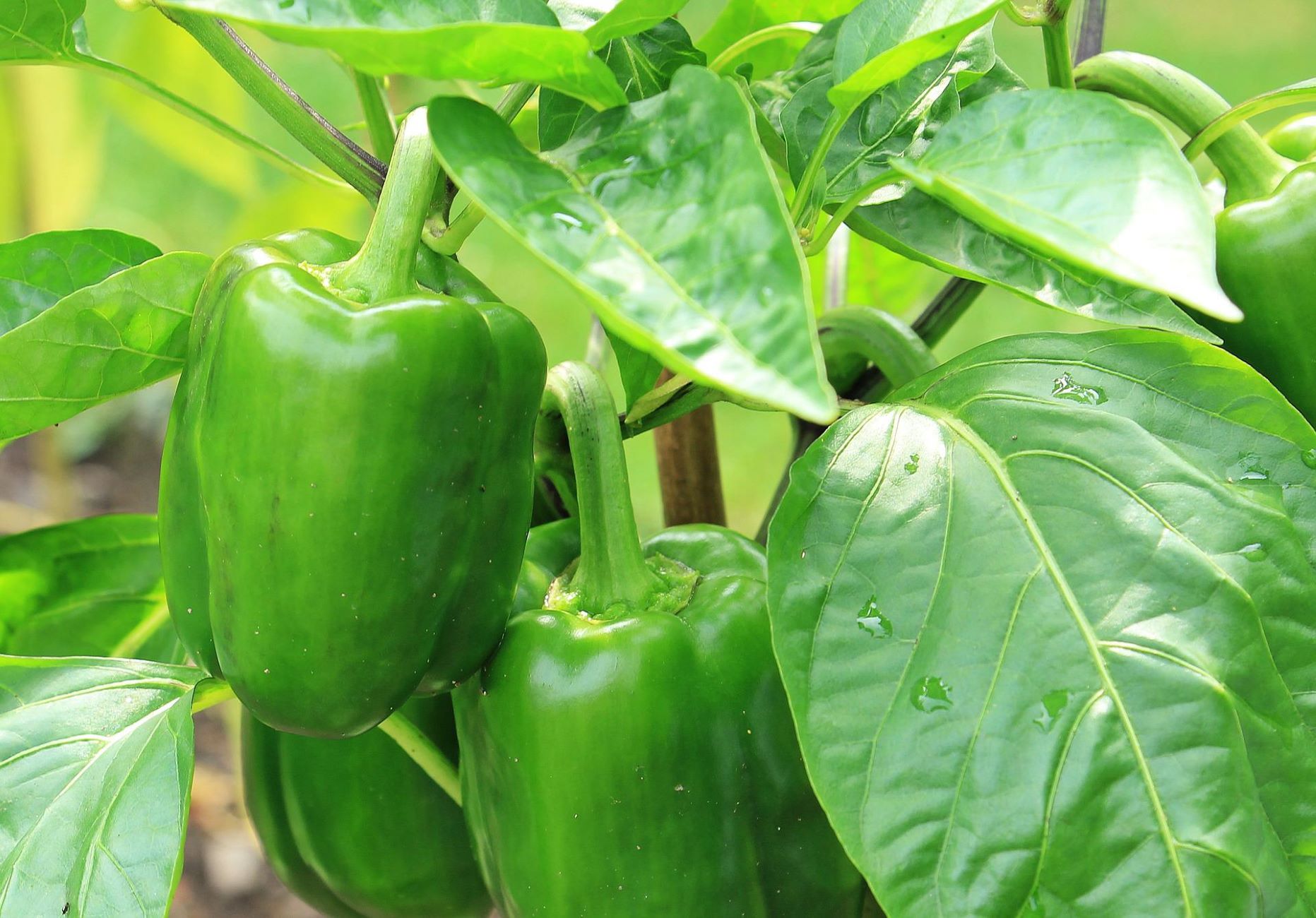
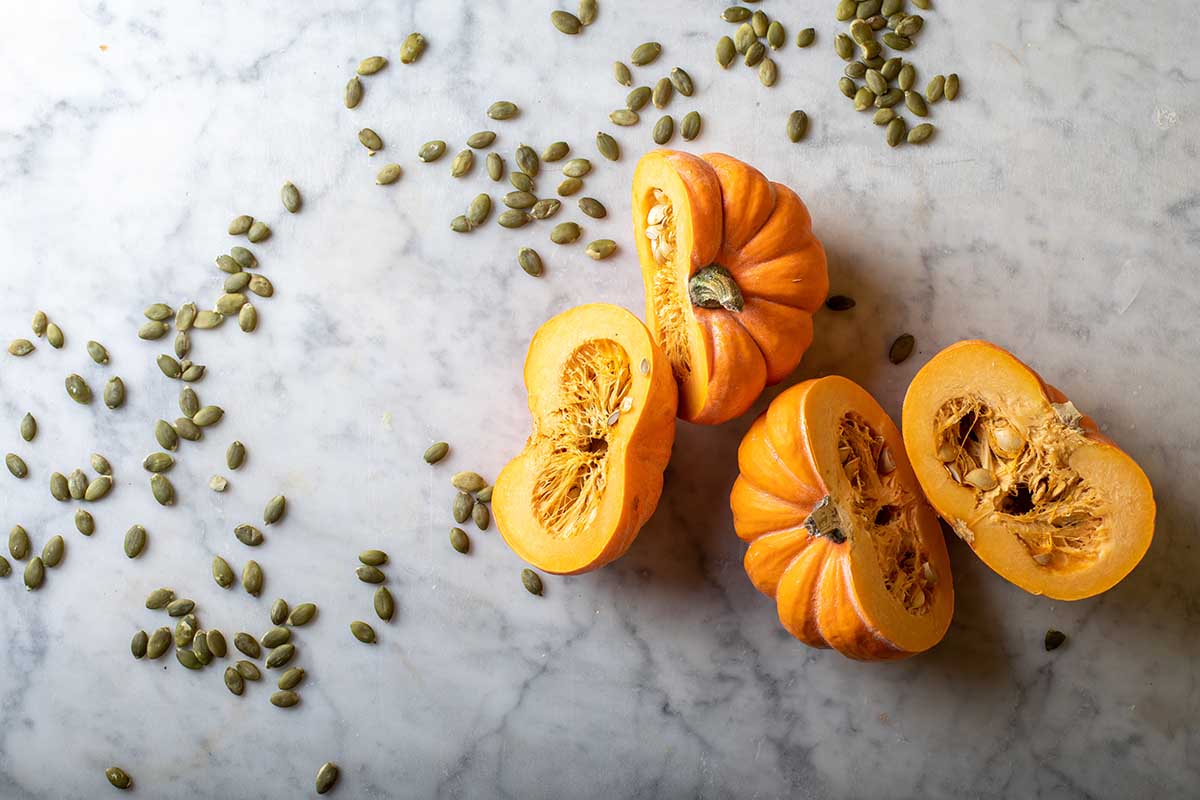
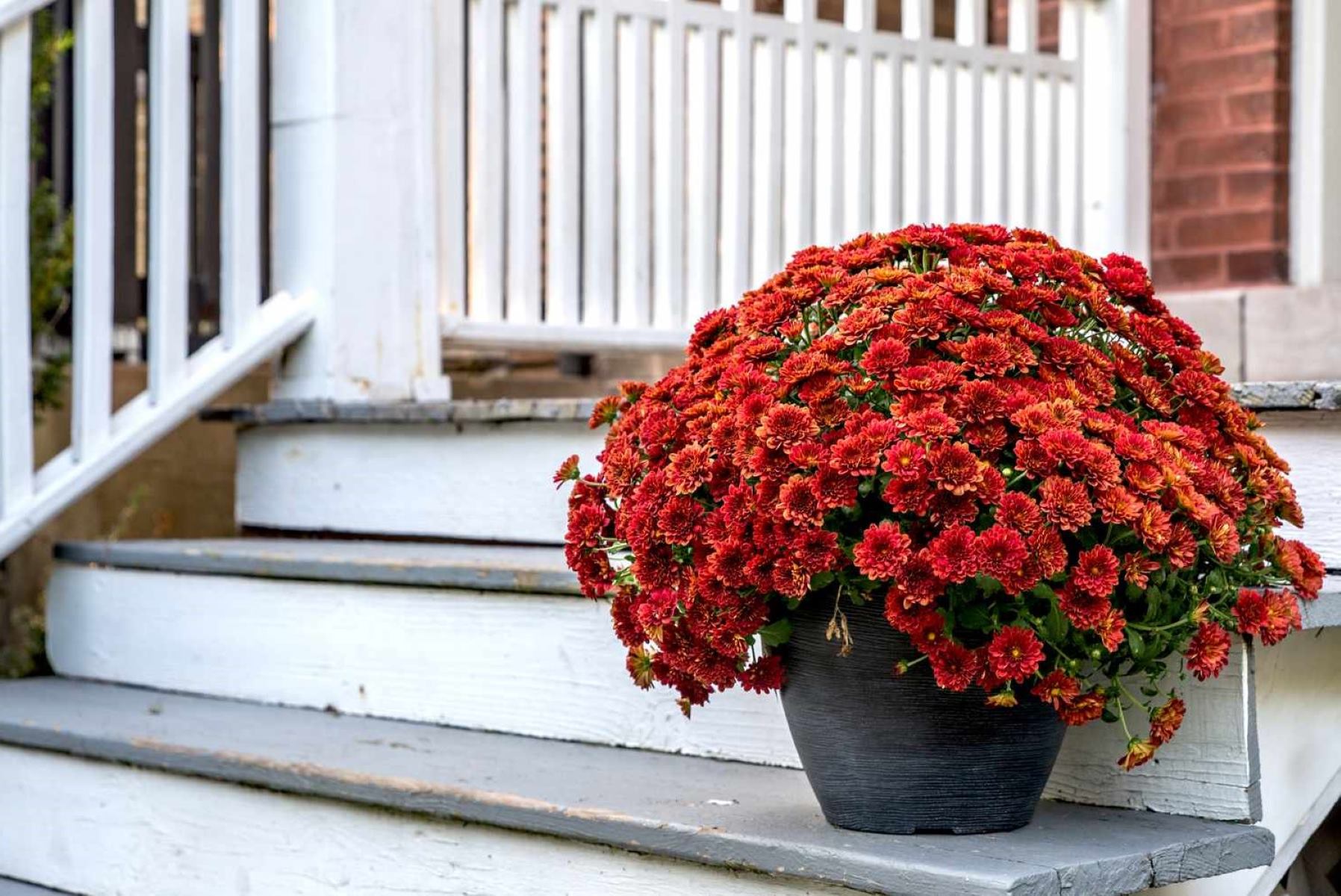
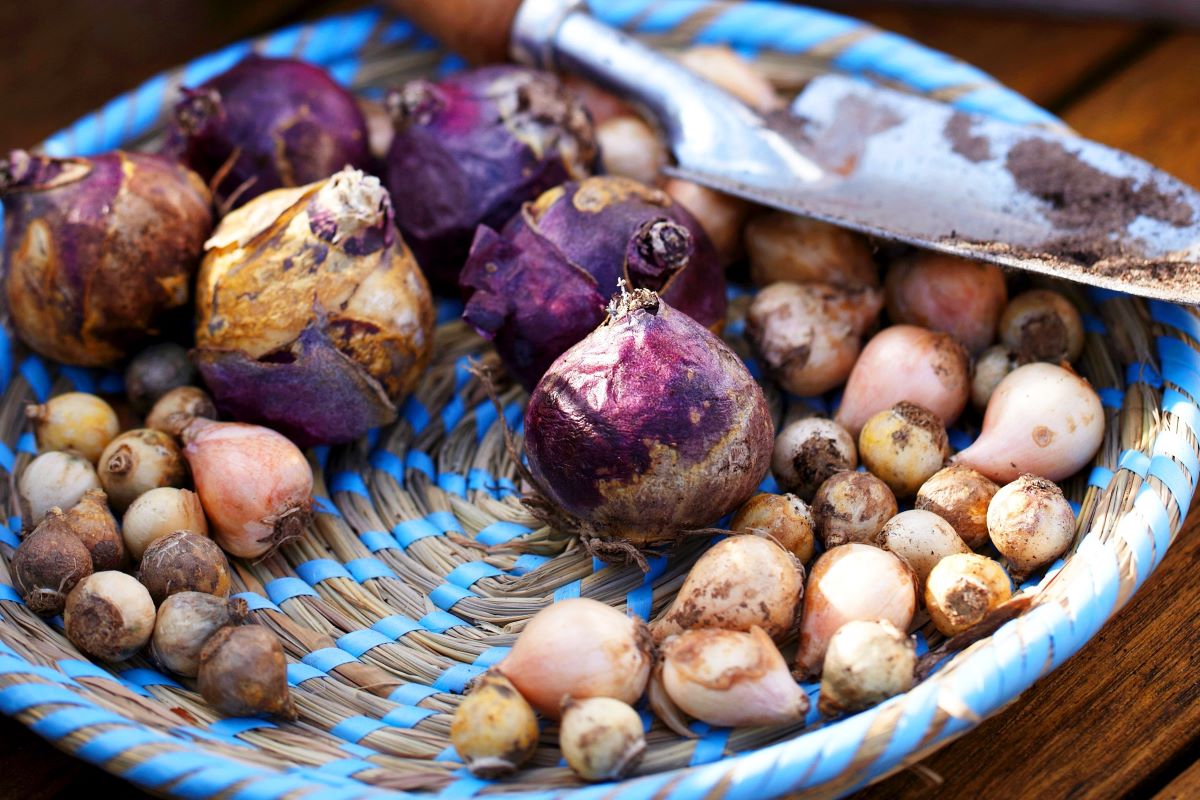
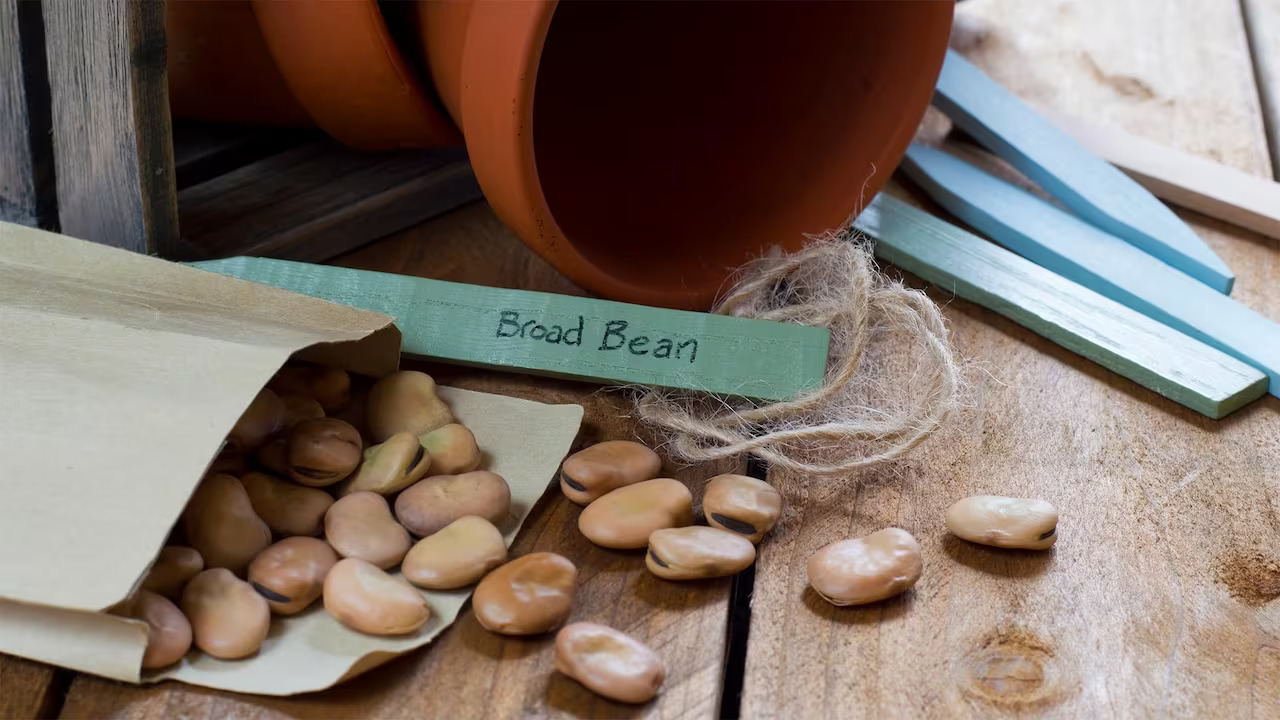
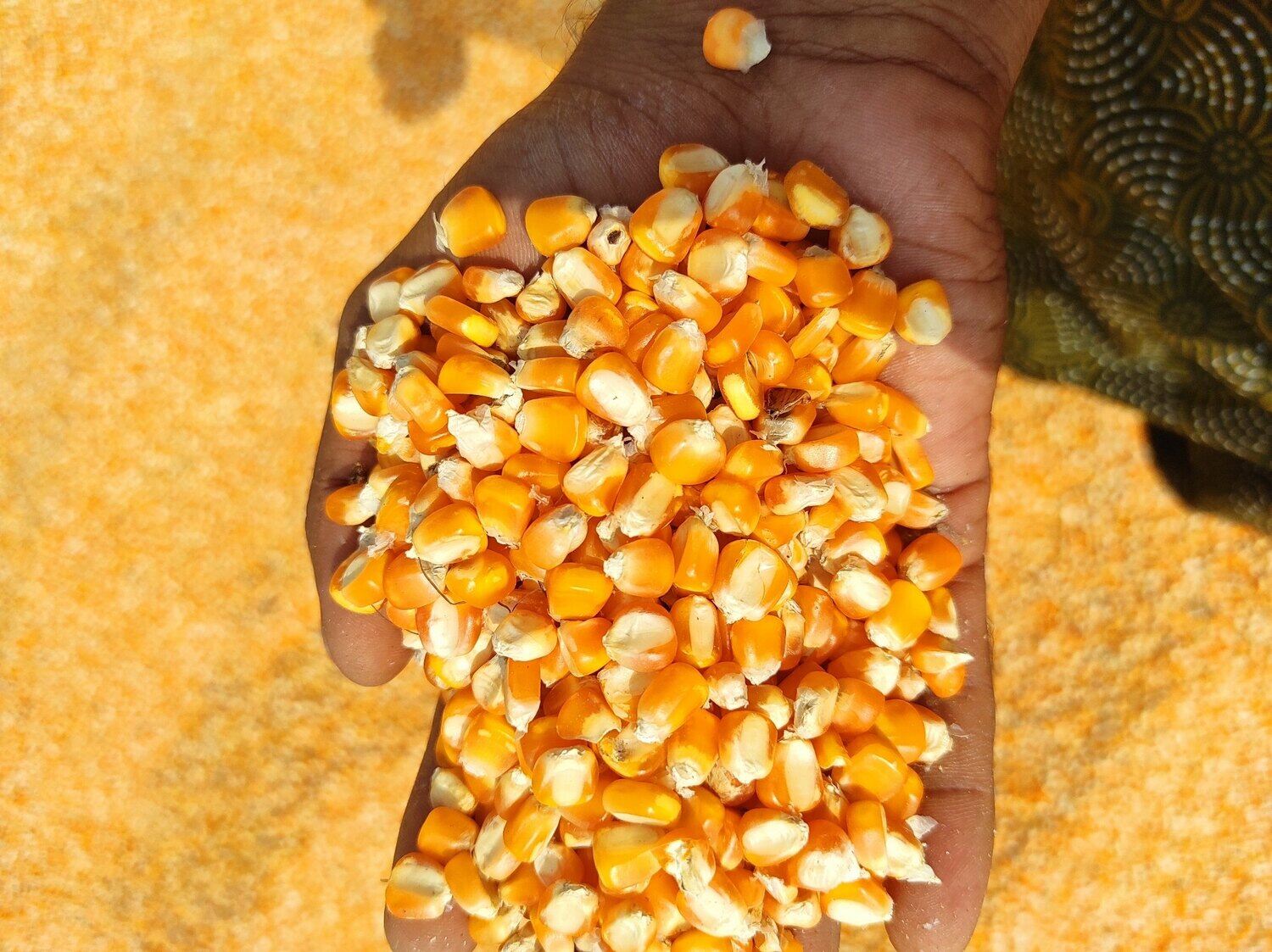
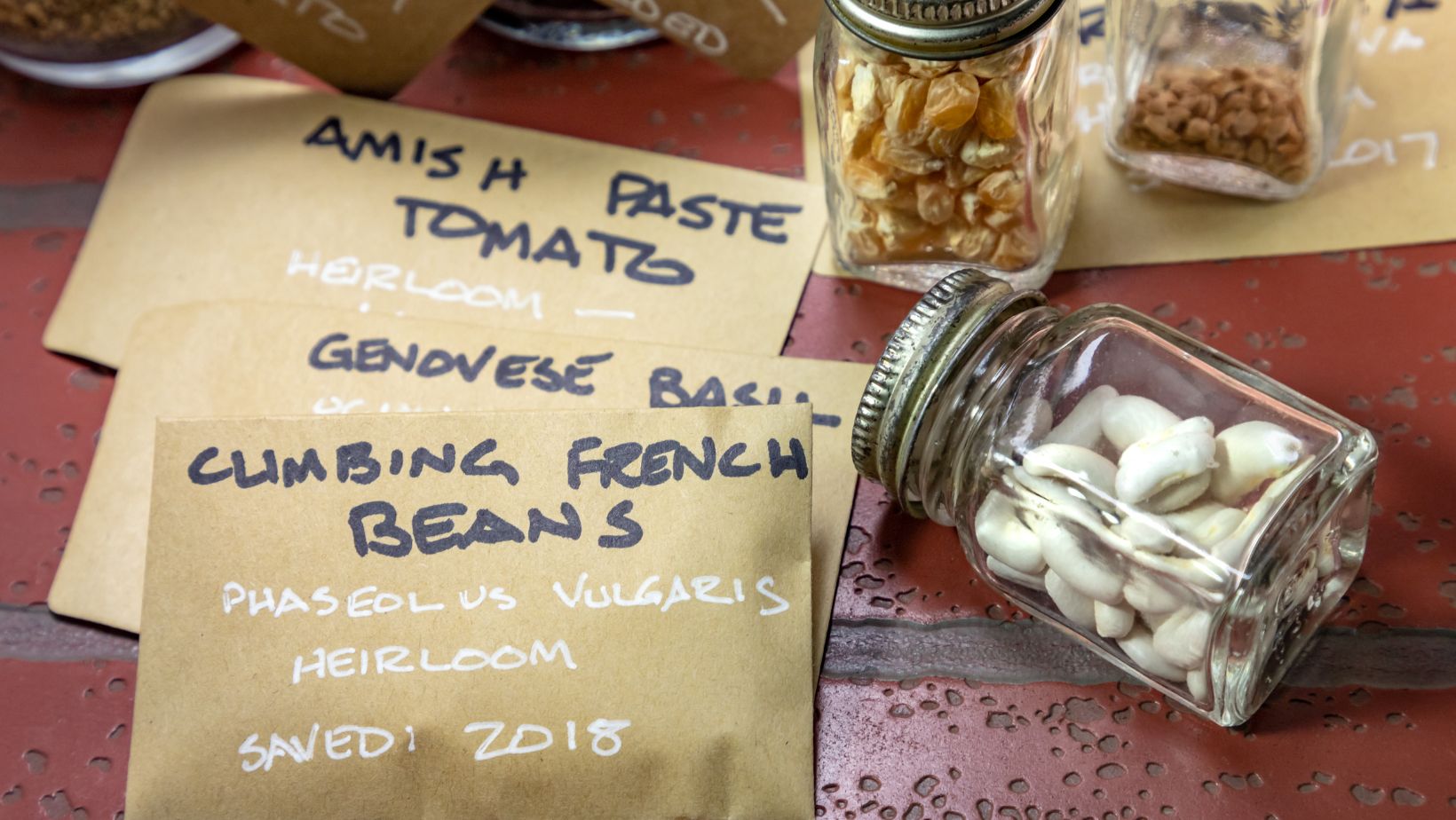
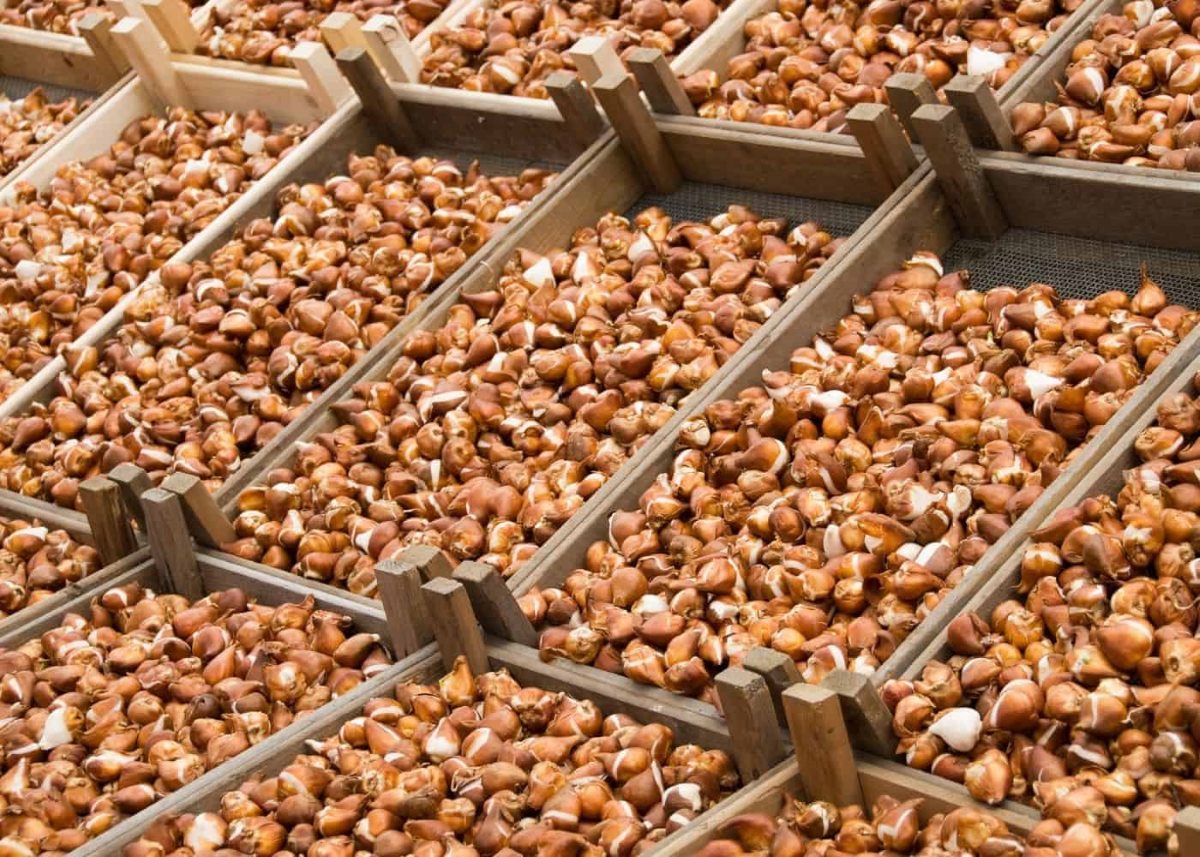
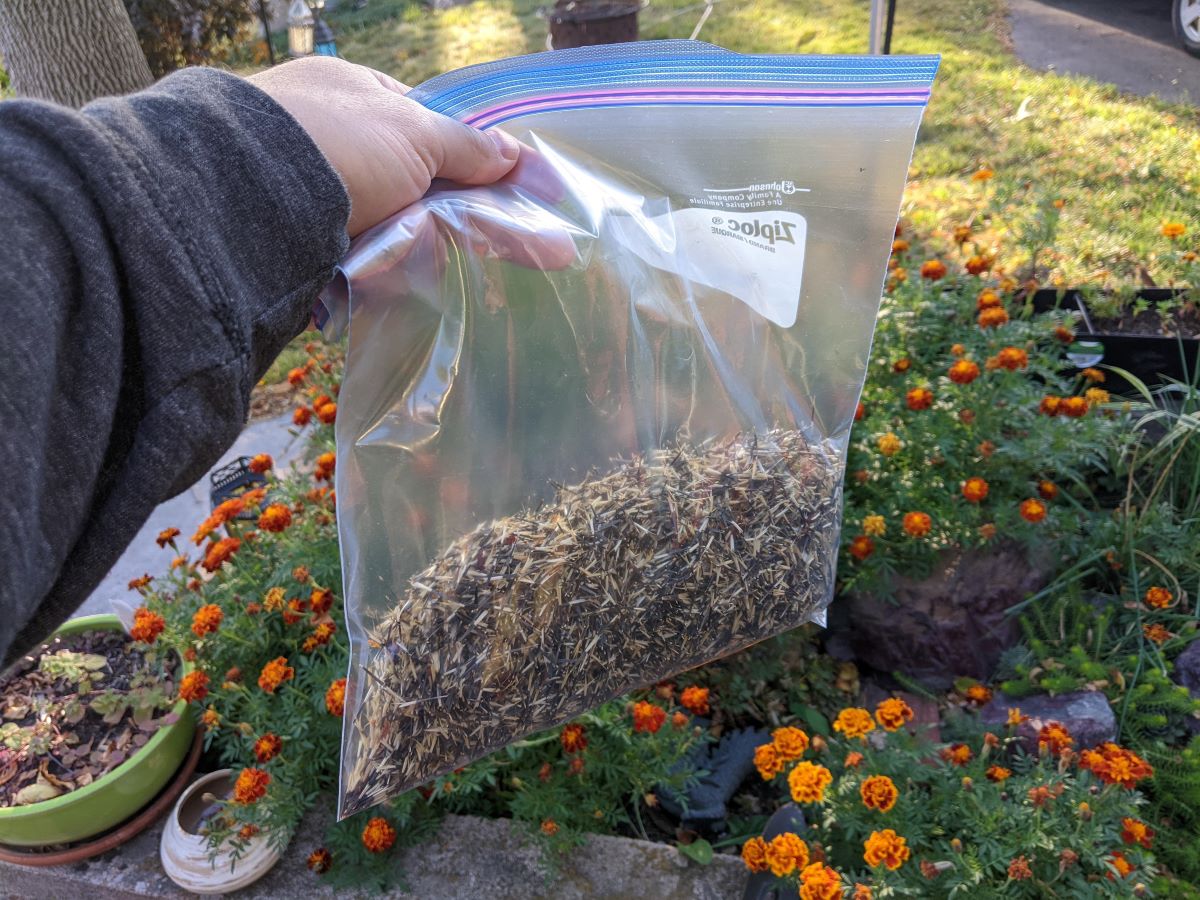
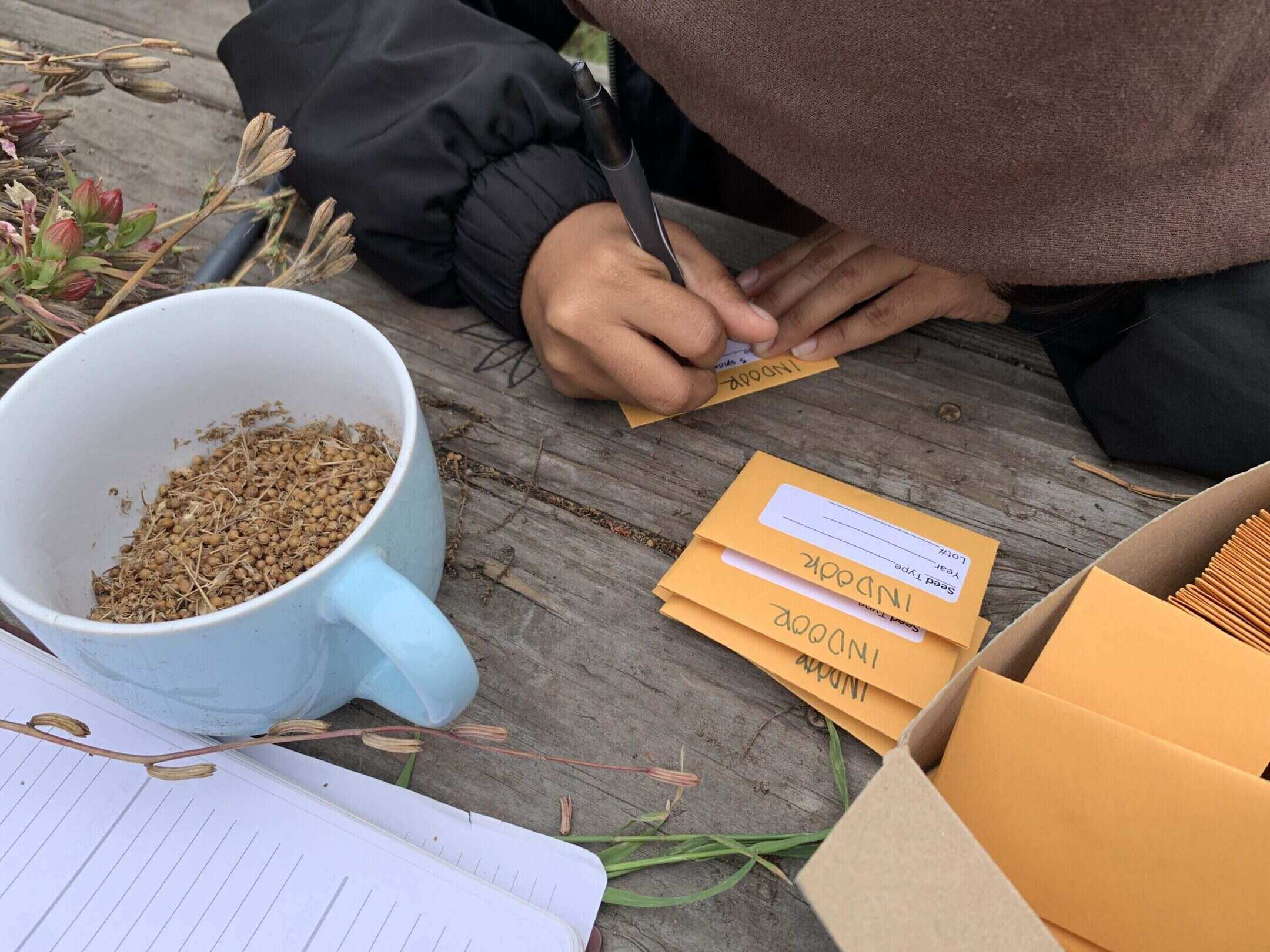
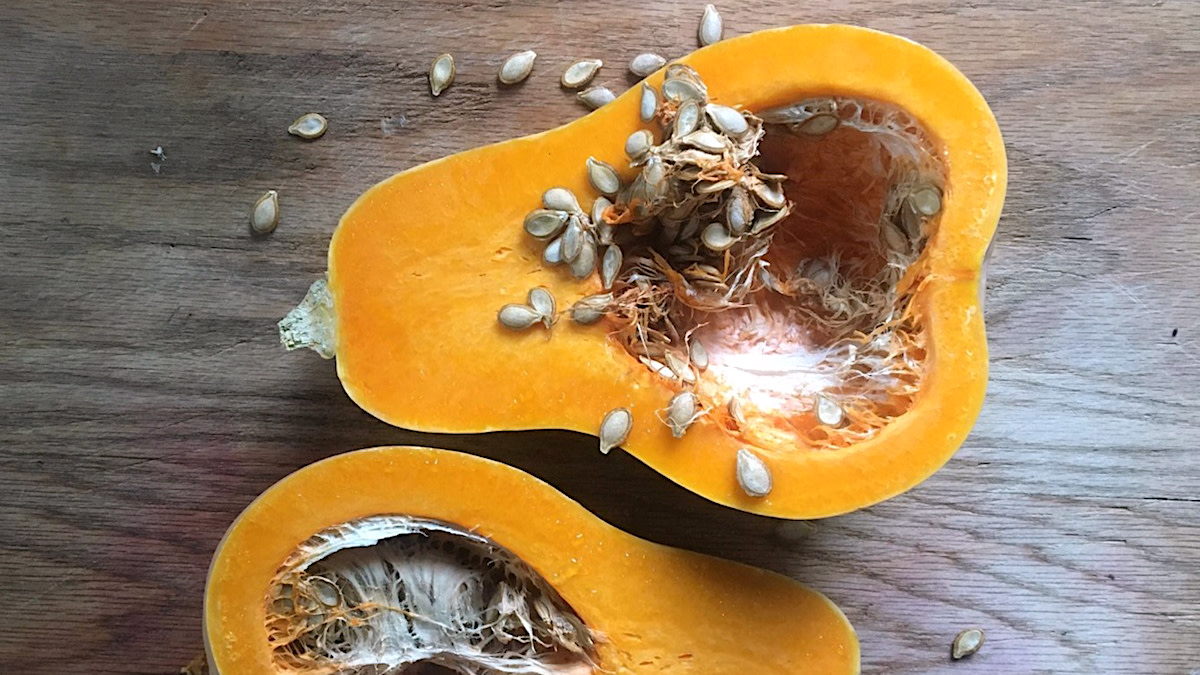
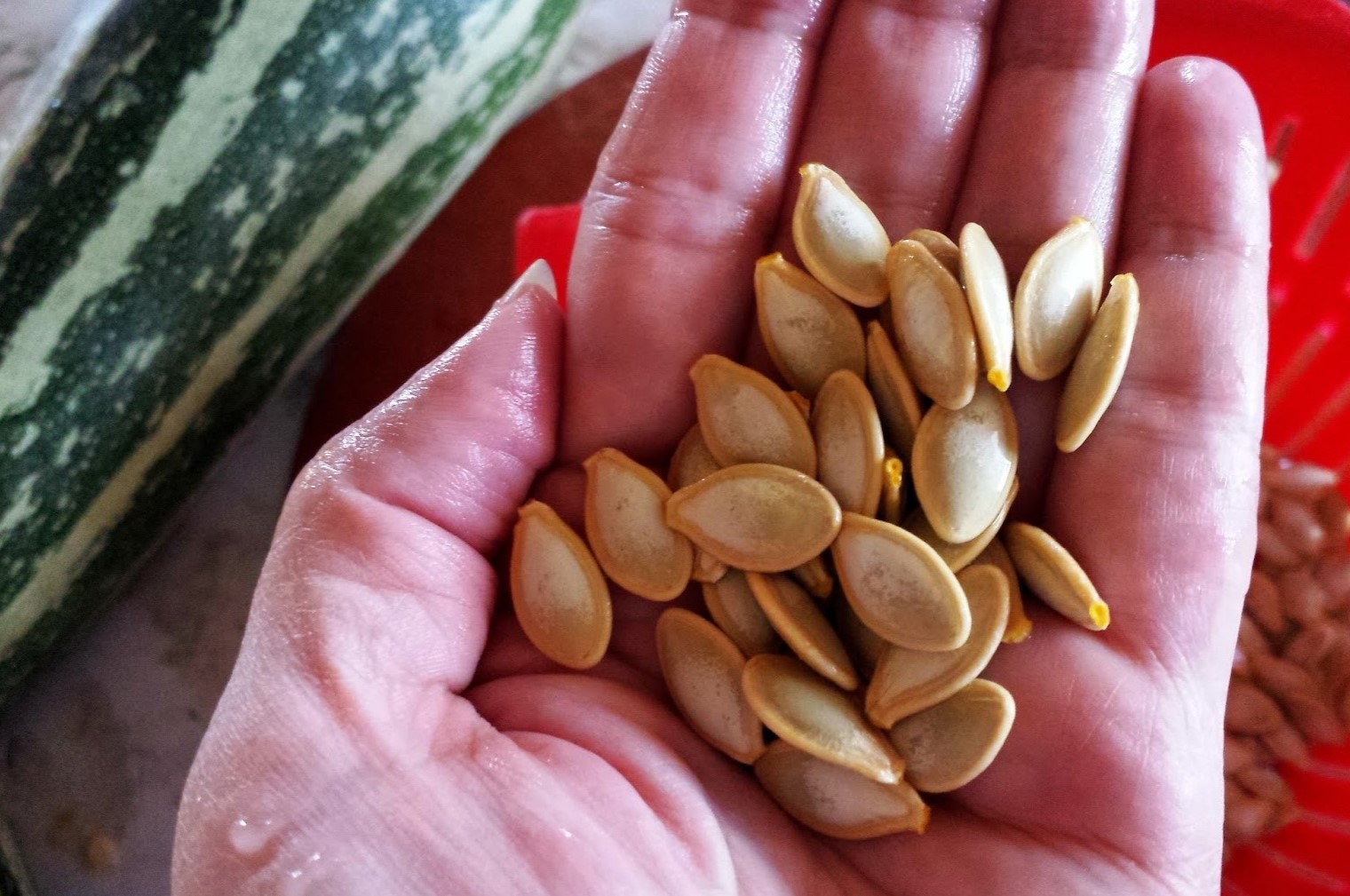
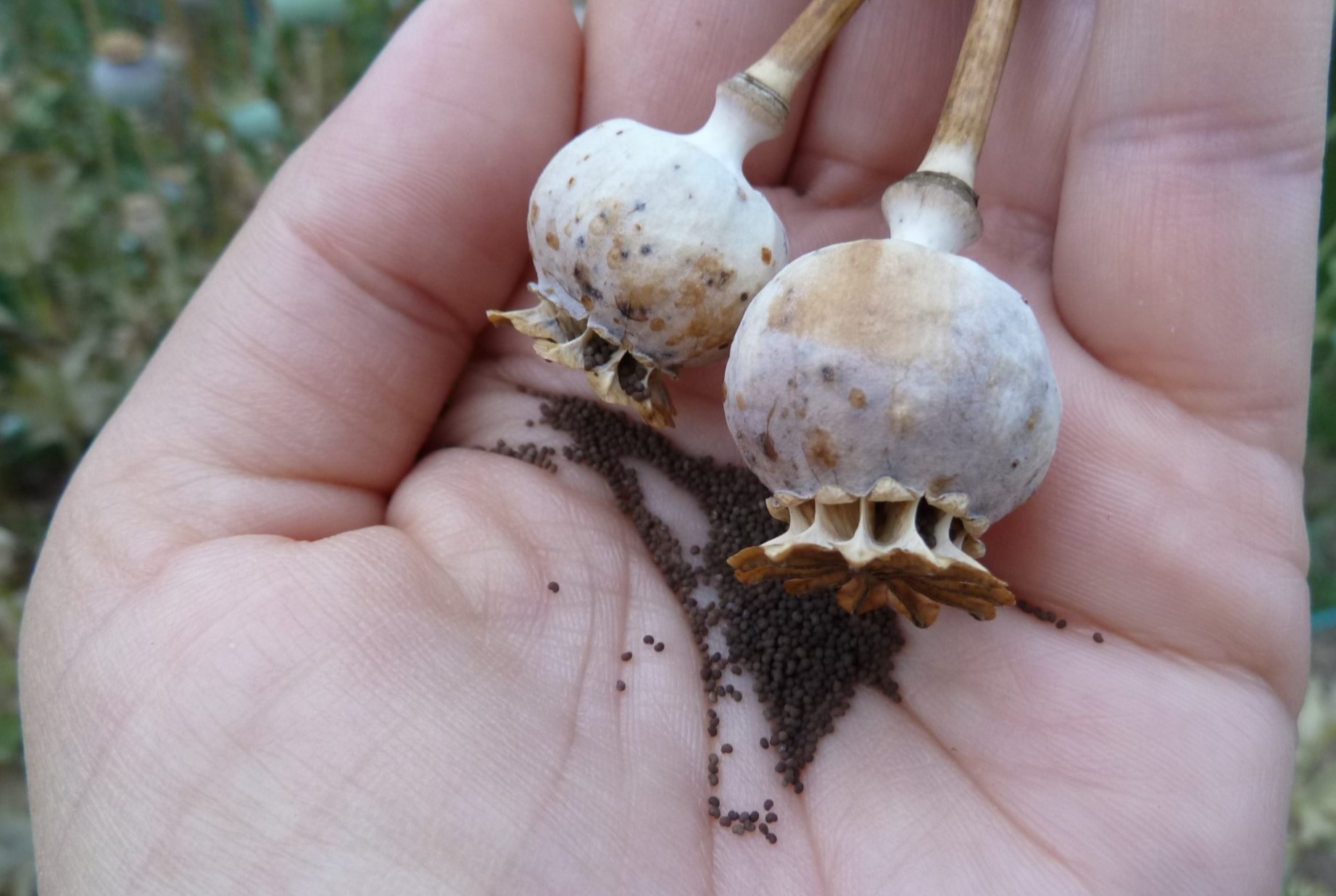
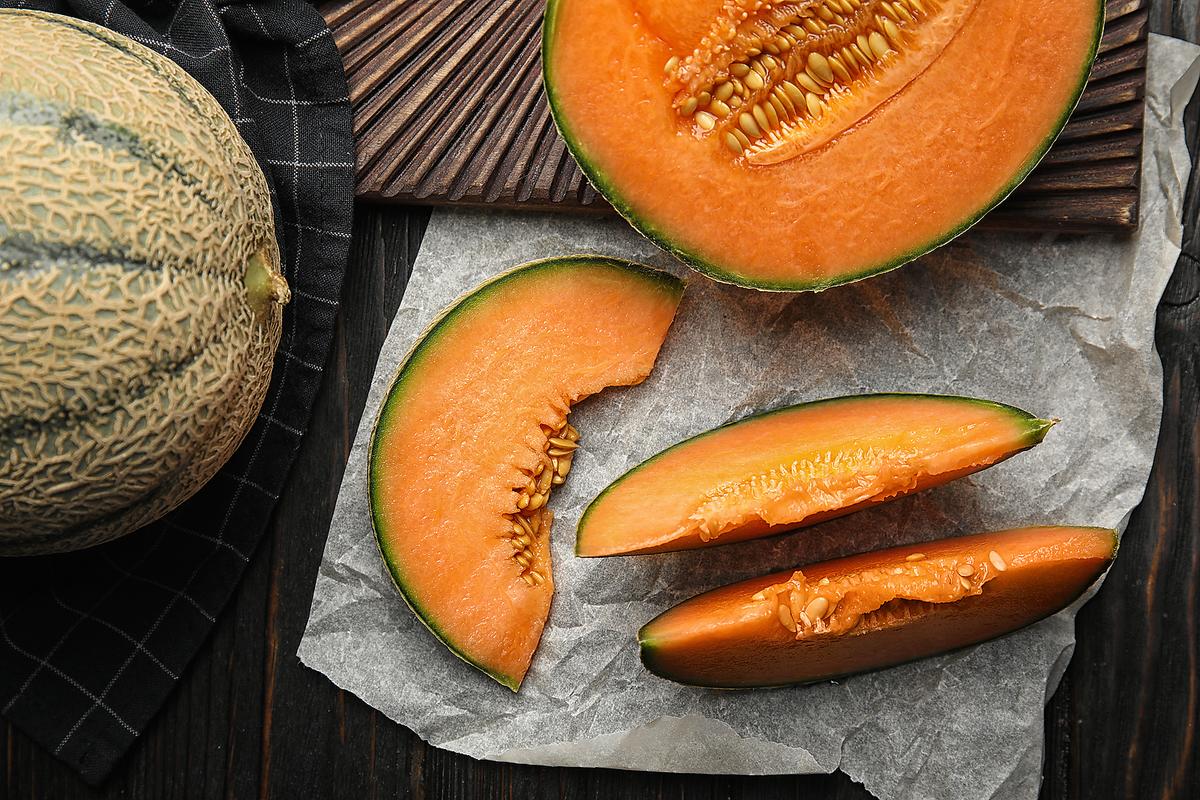

0 thoughts on “How To Save Pepper Seeds For Next Year”